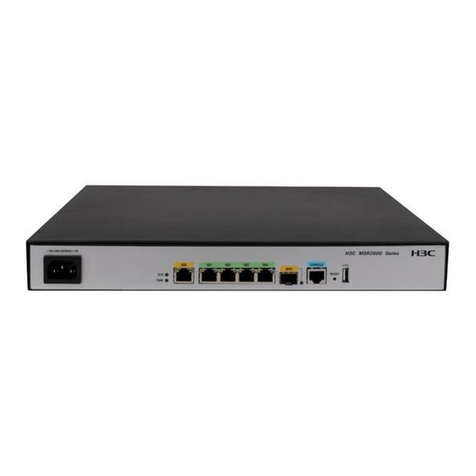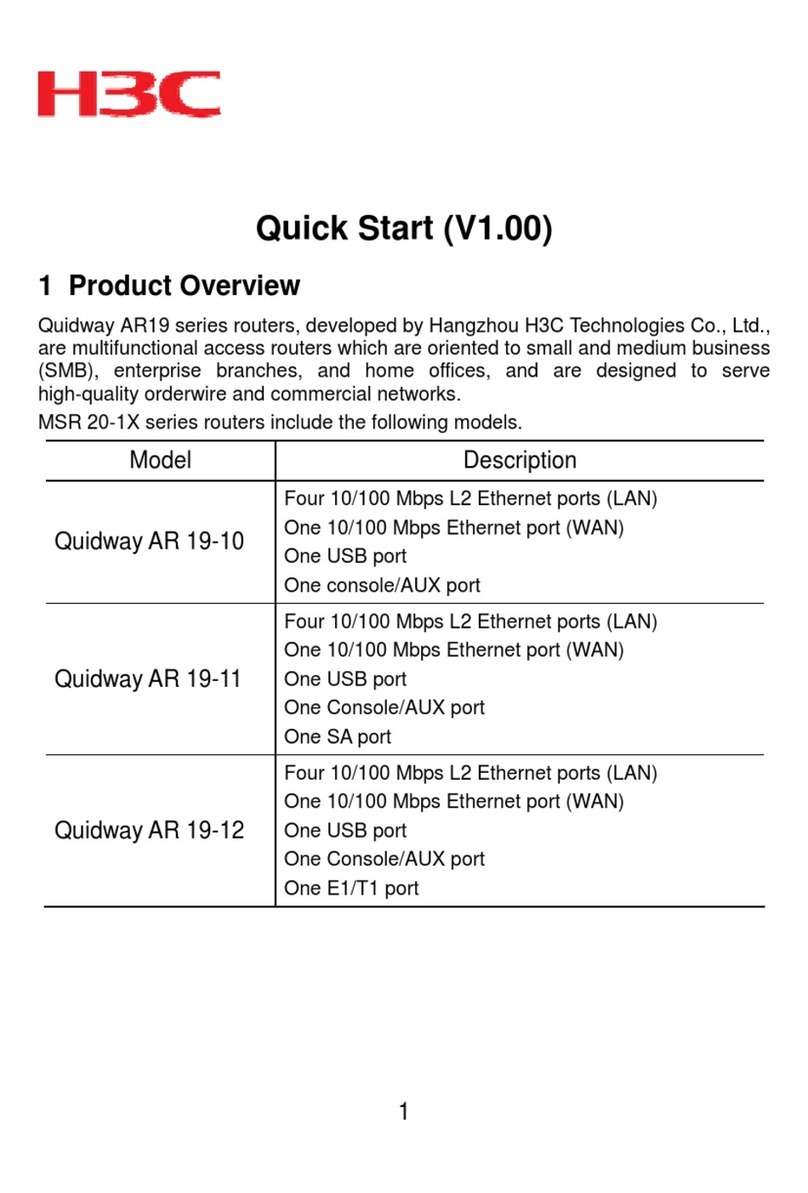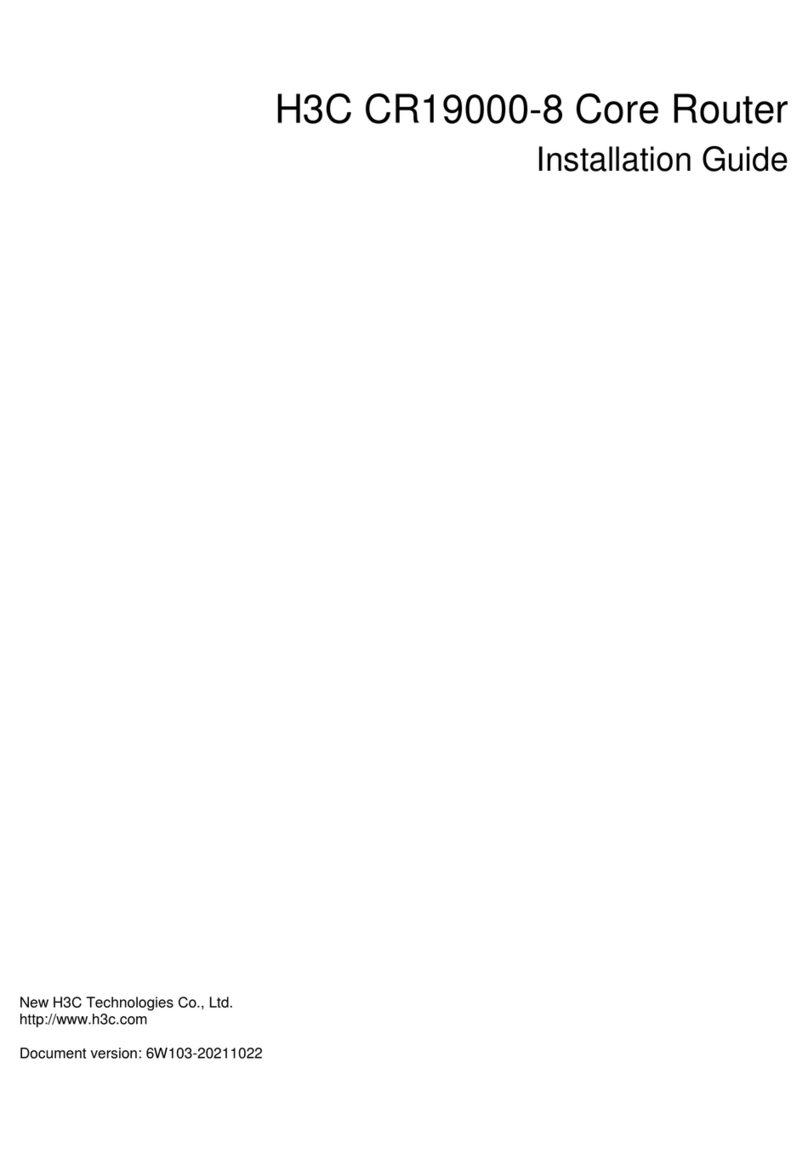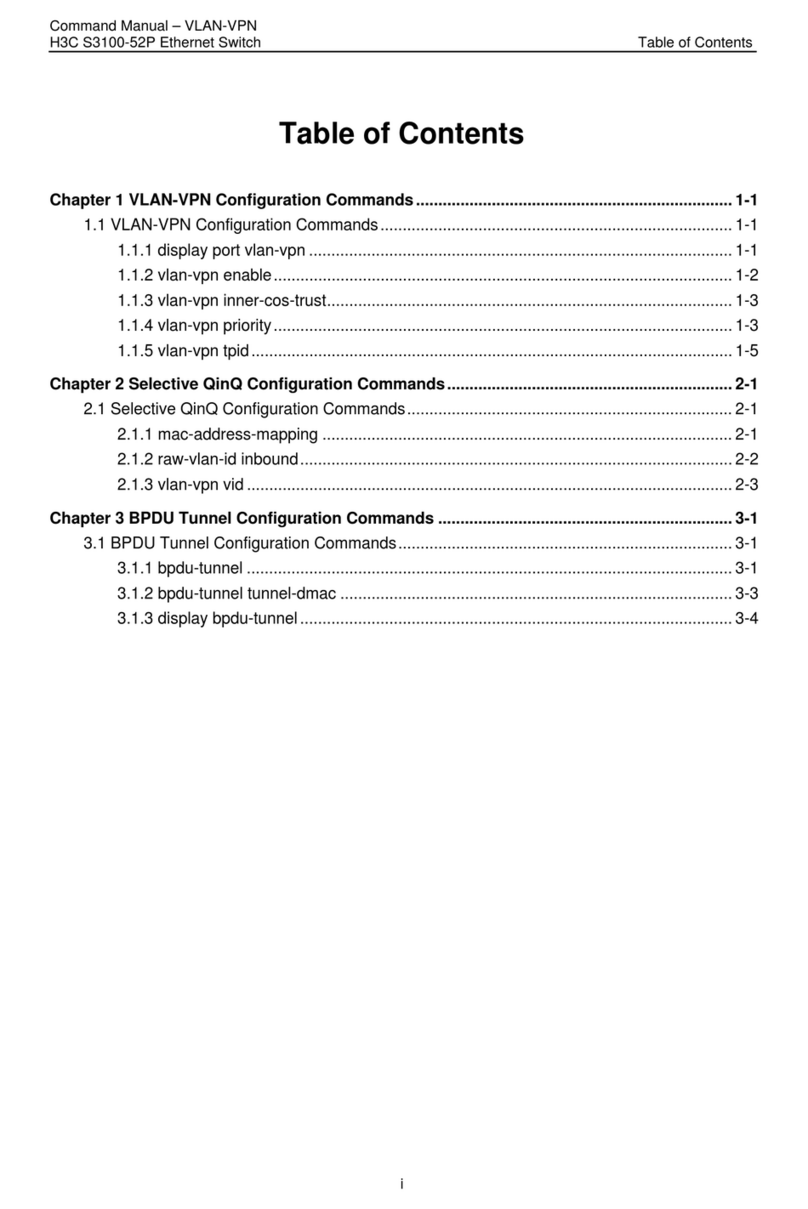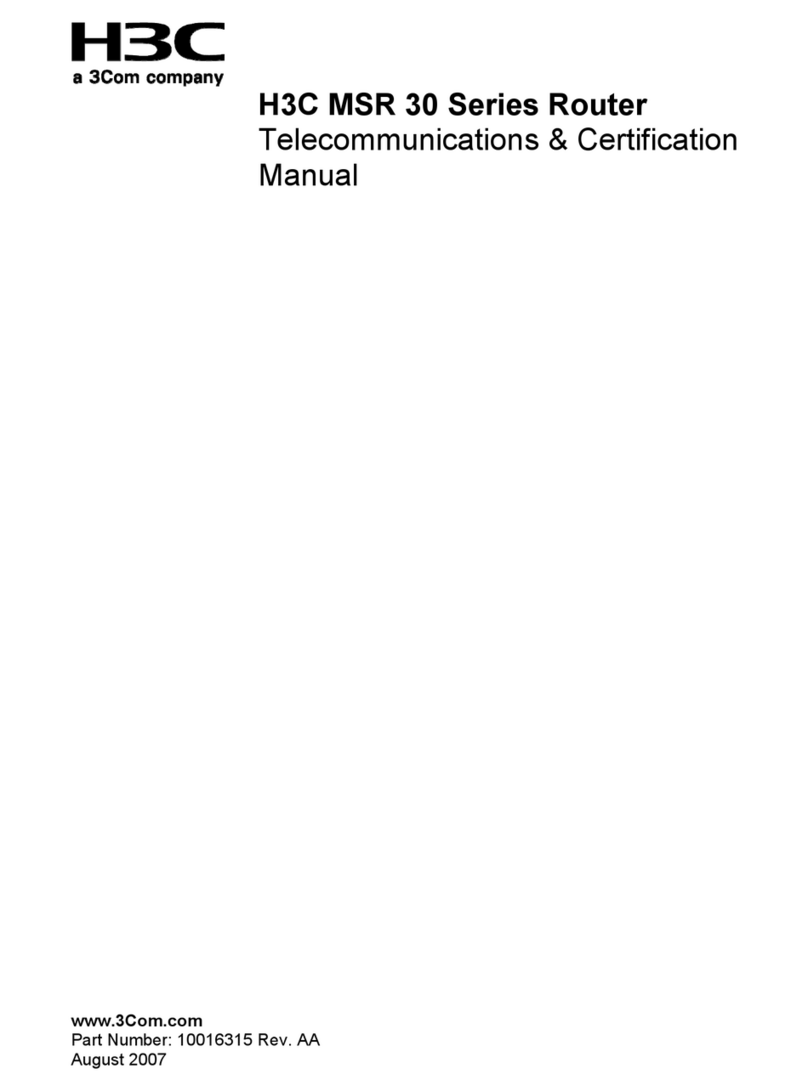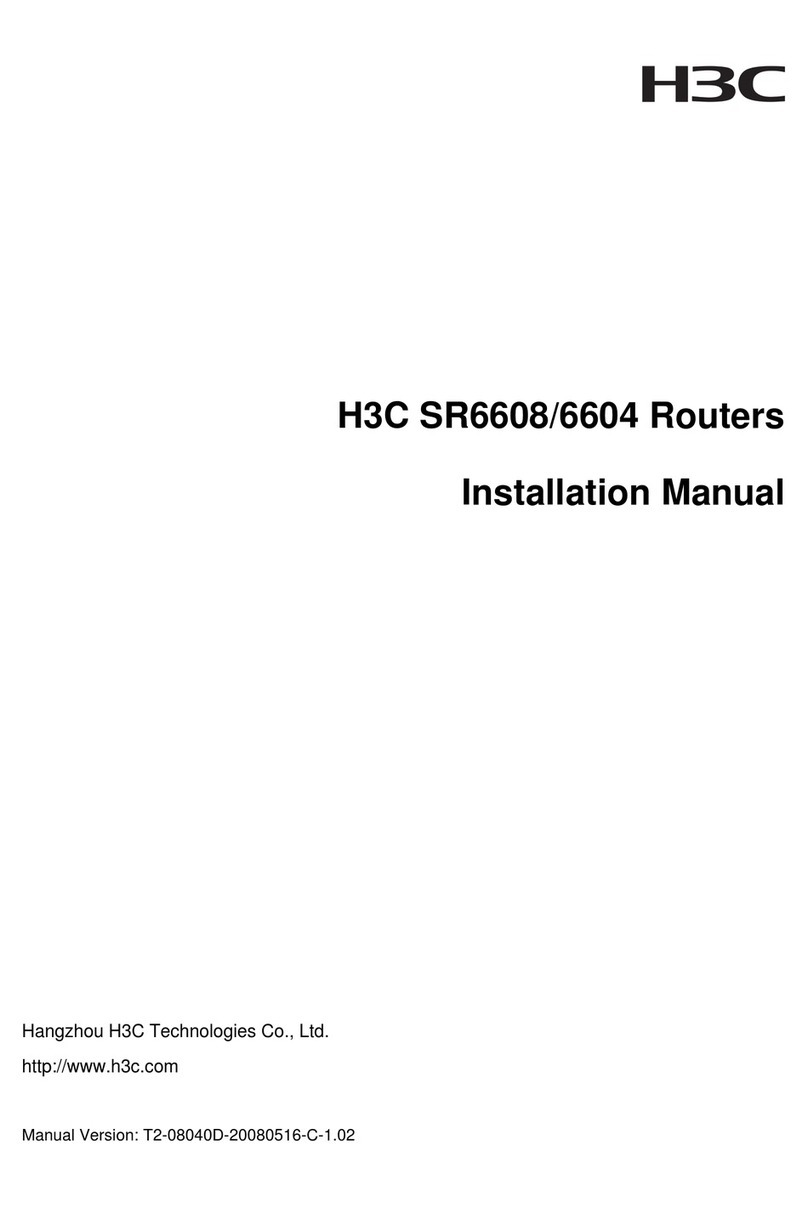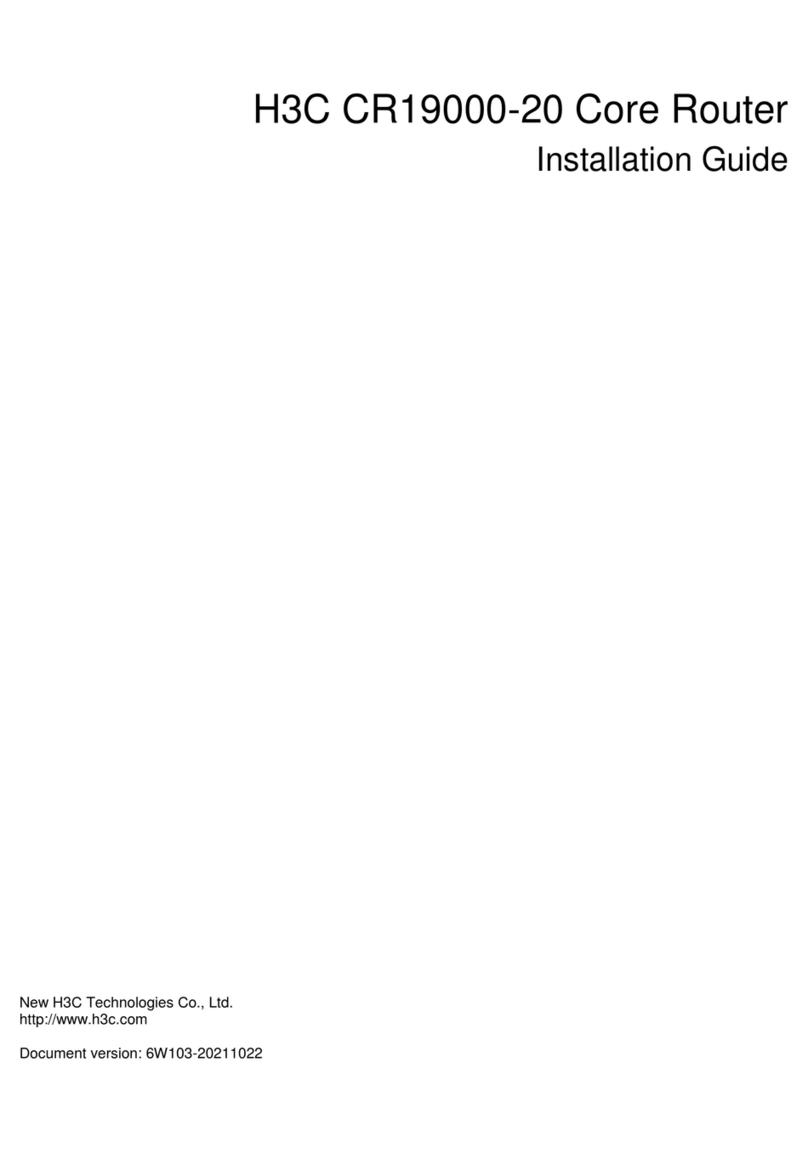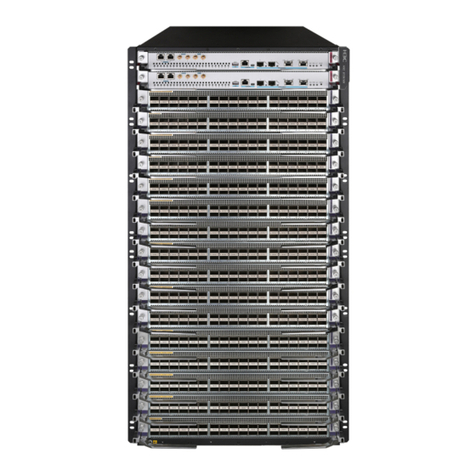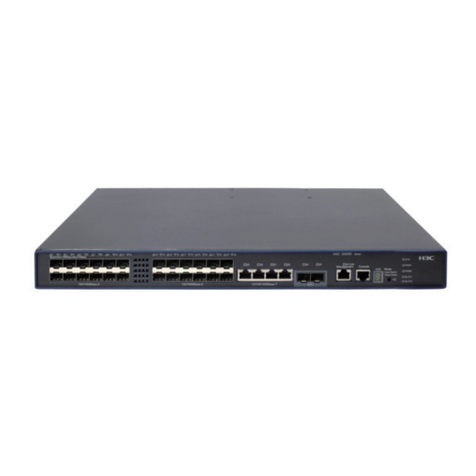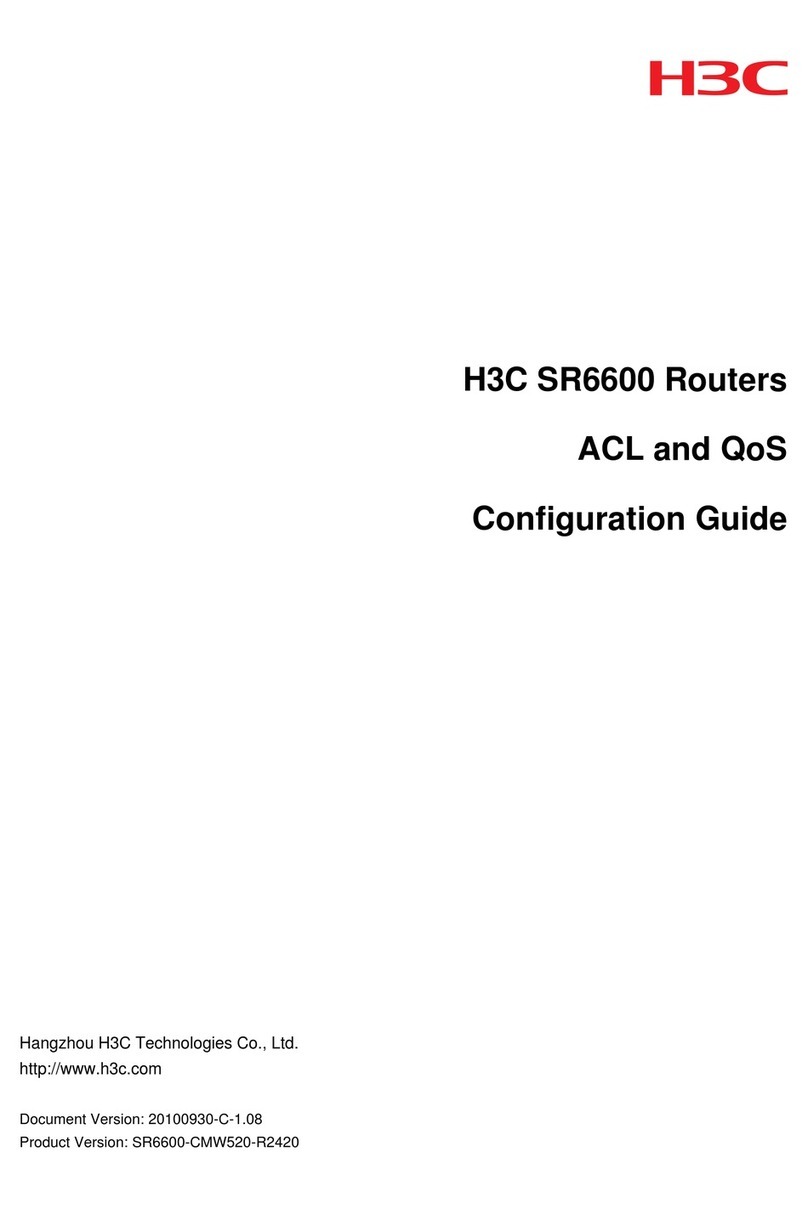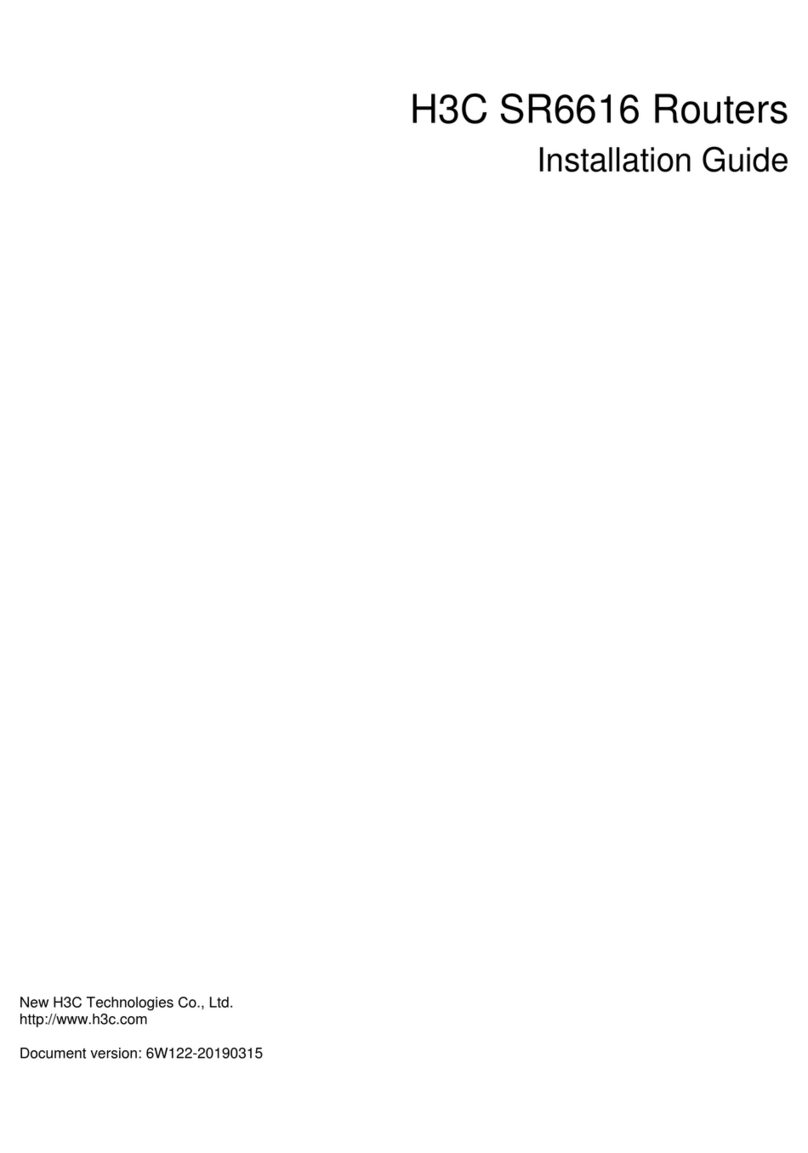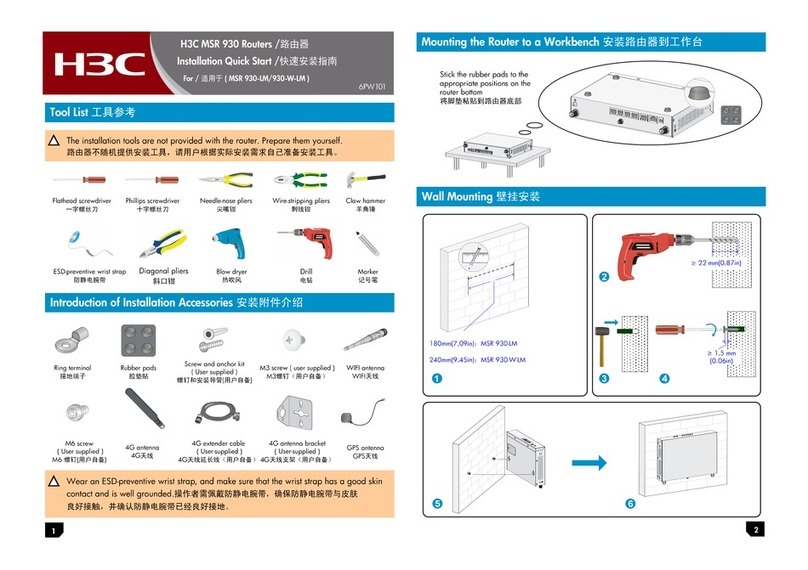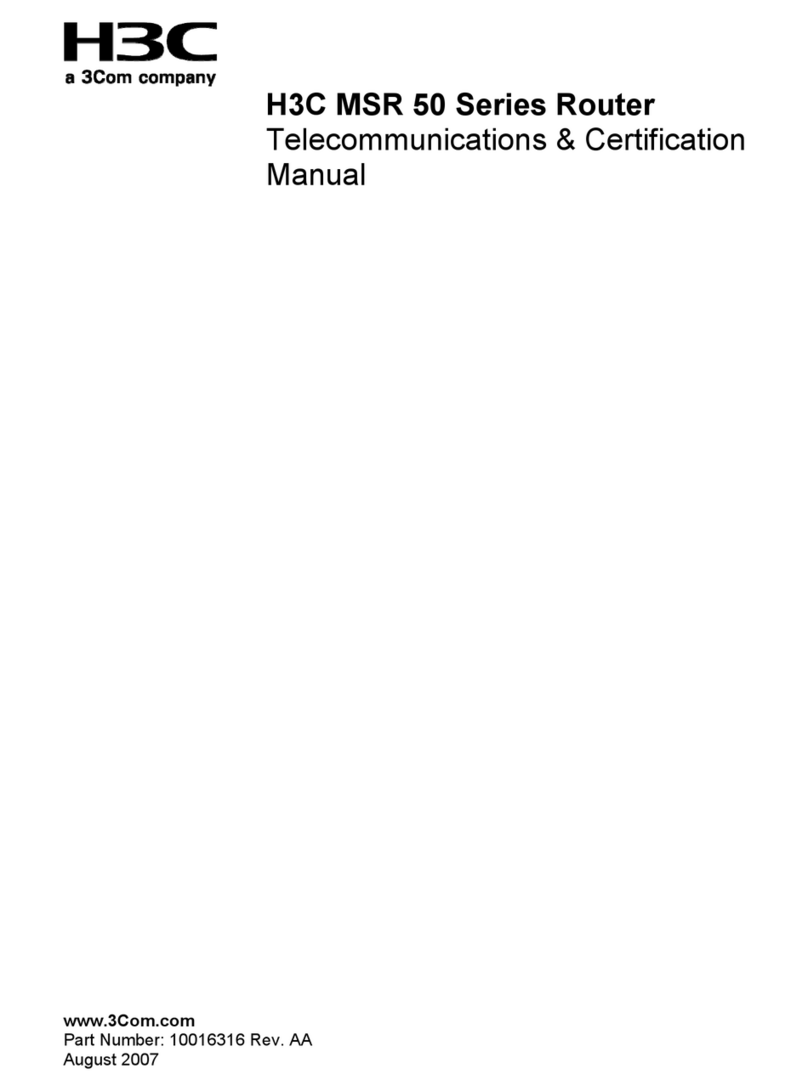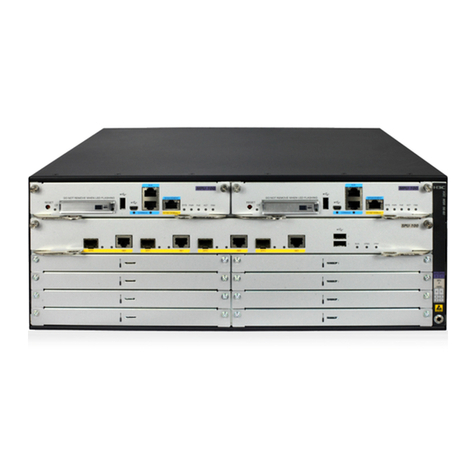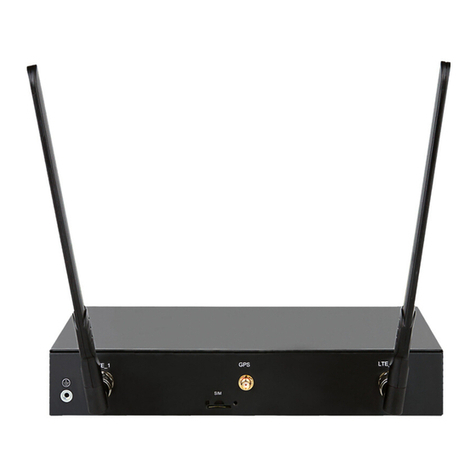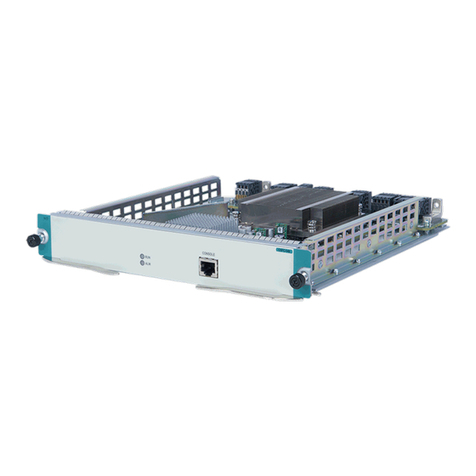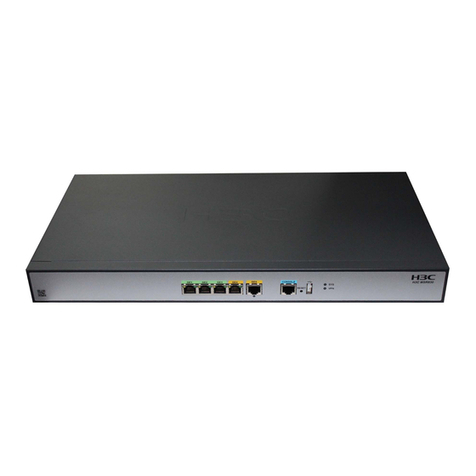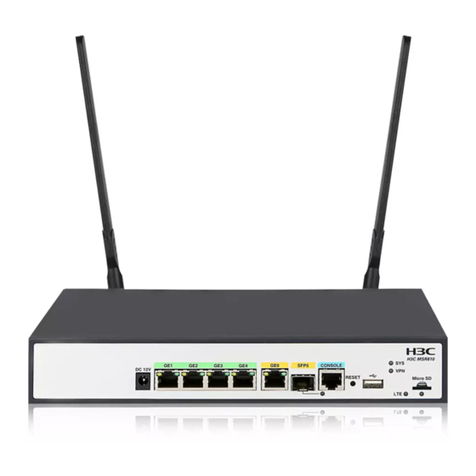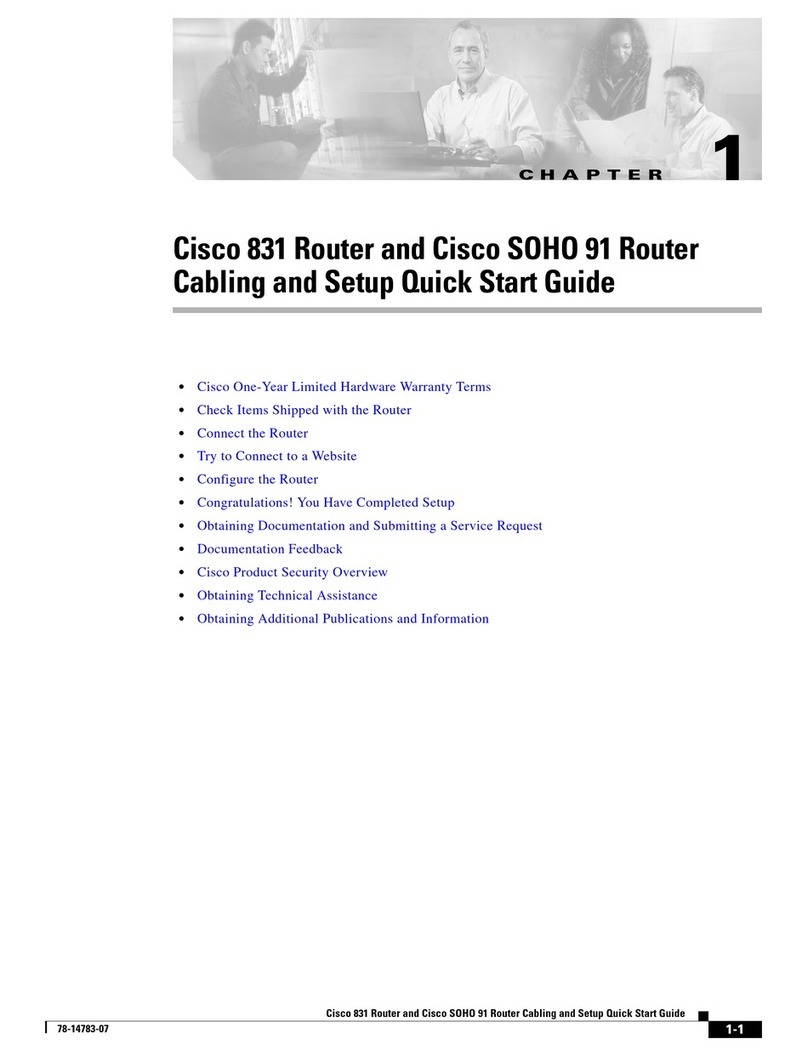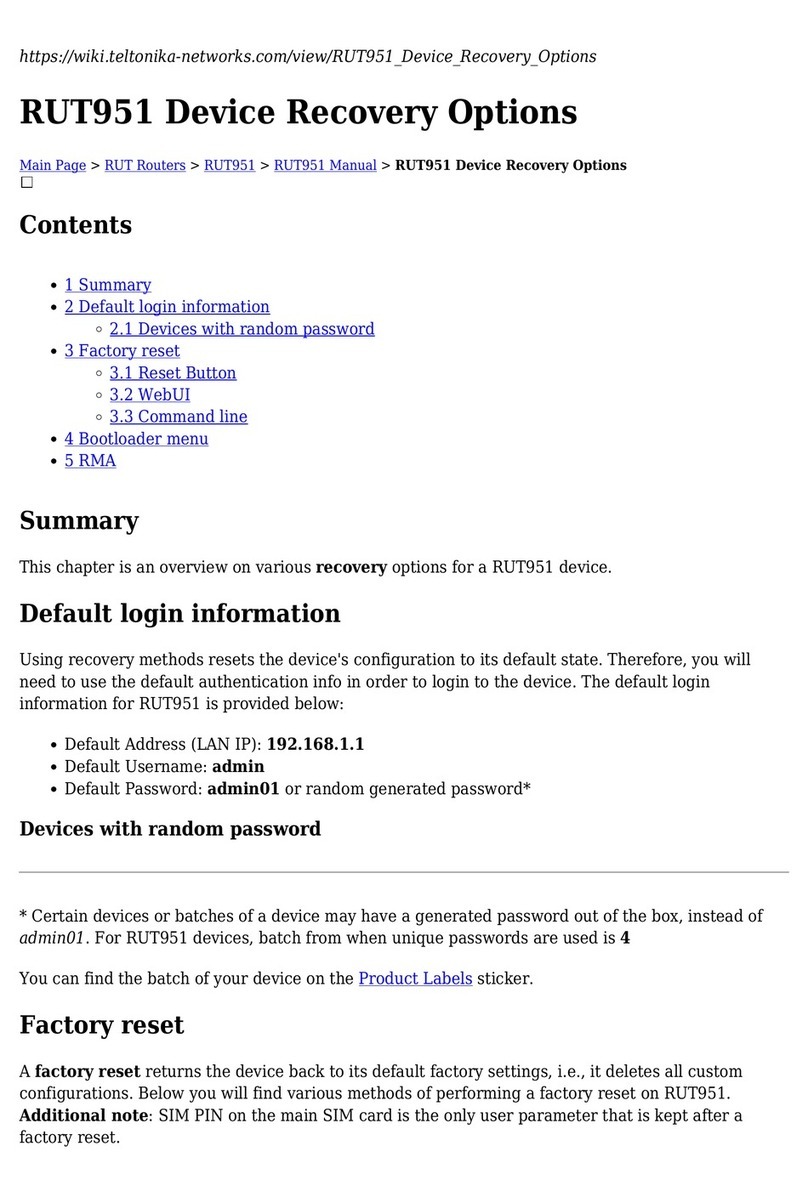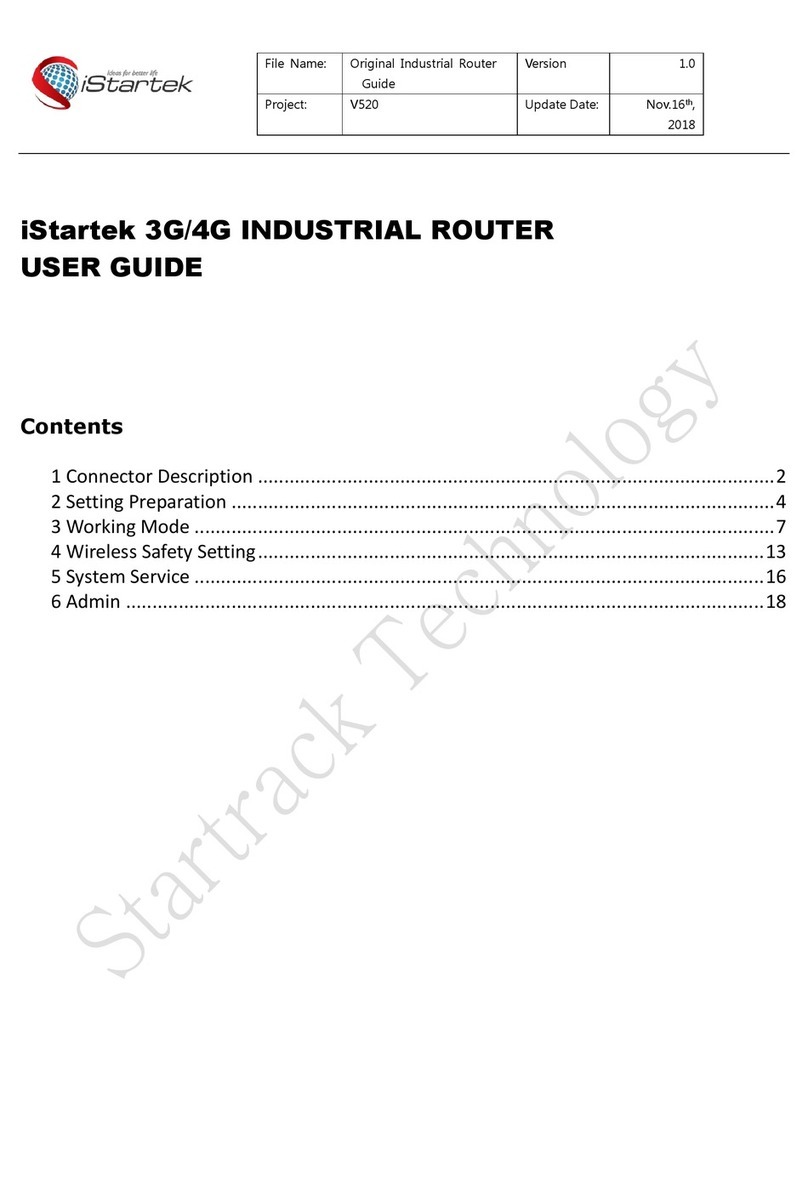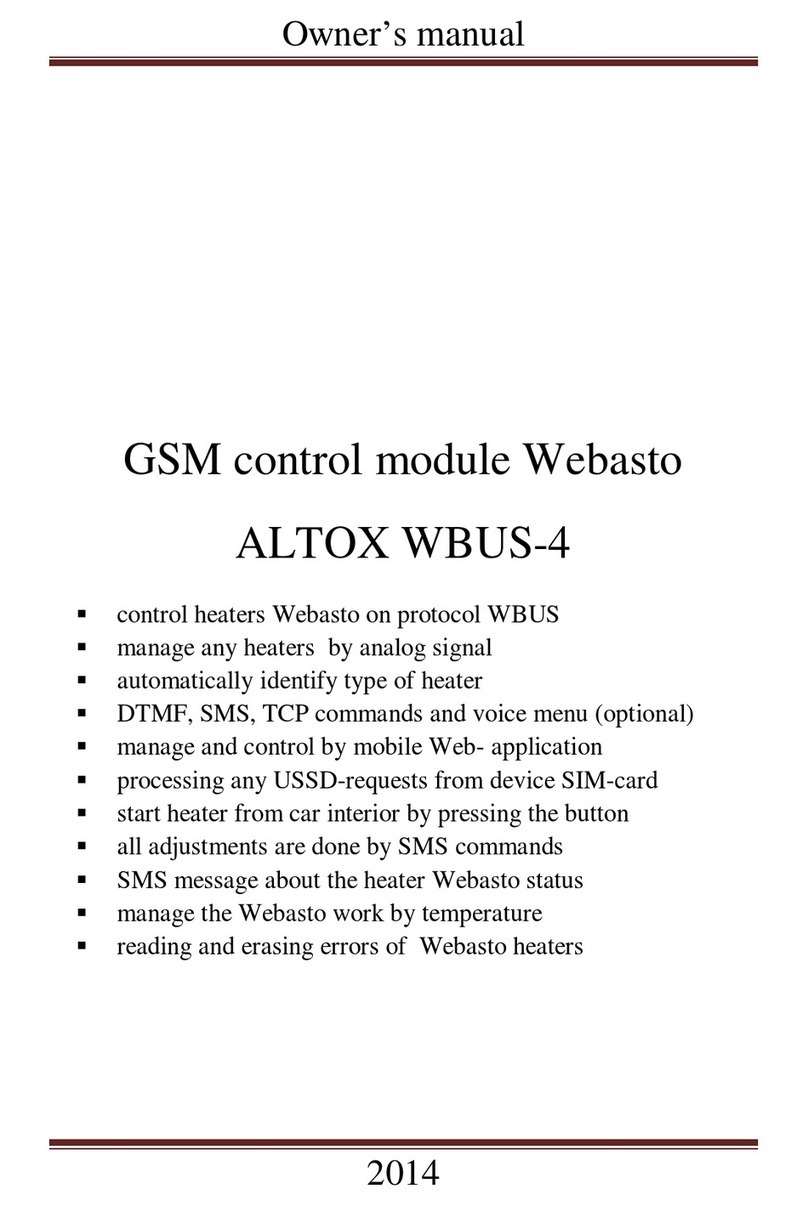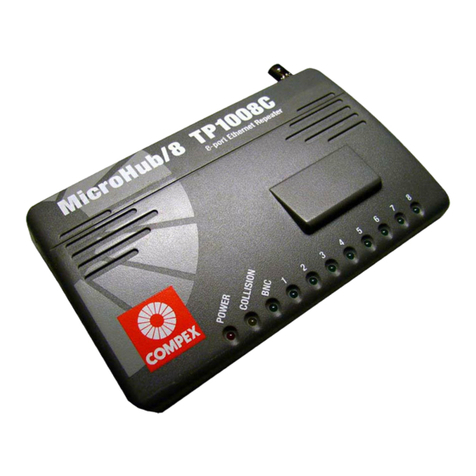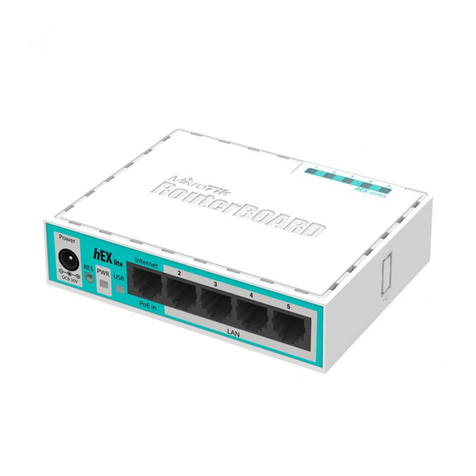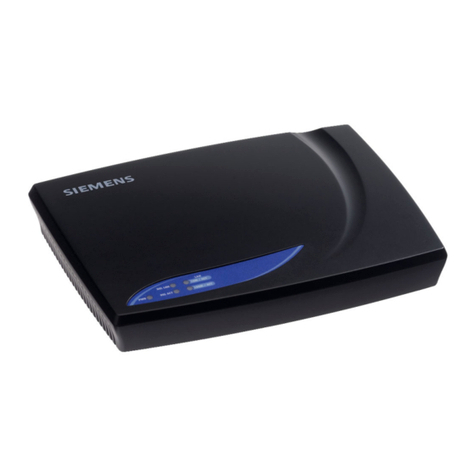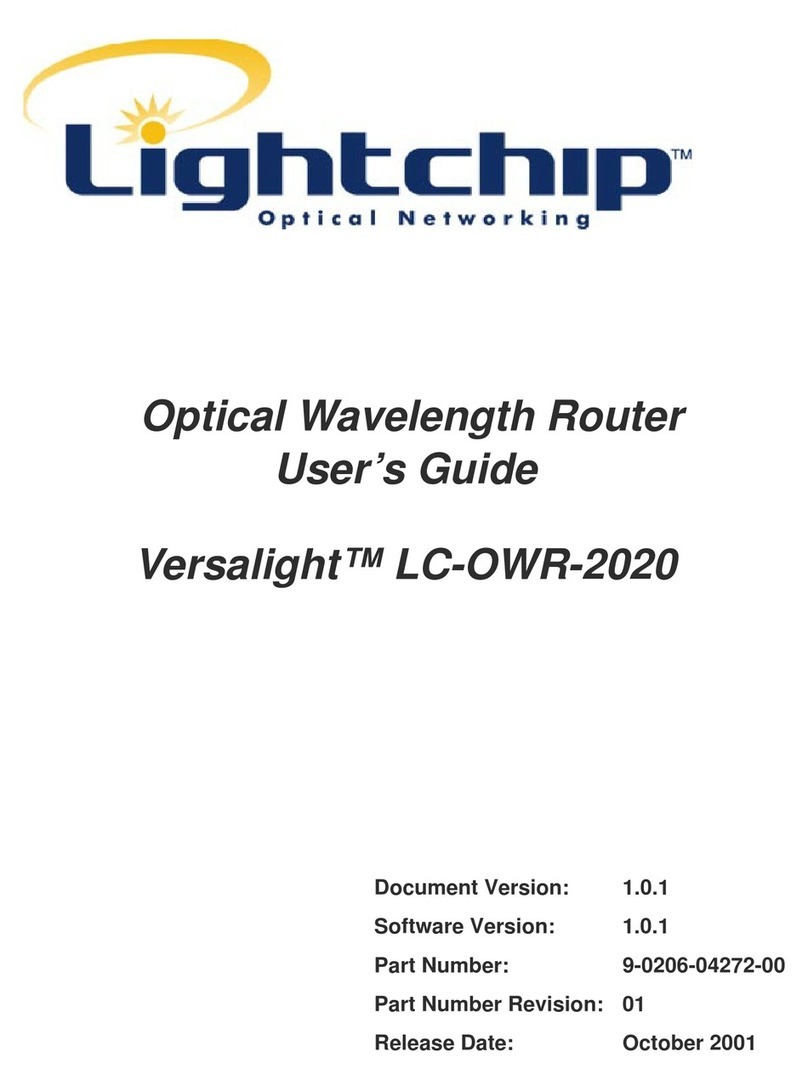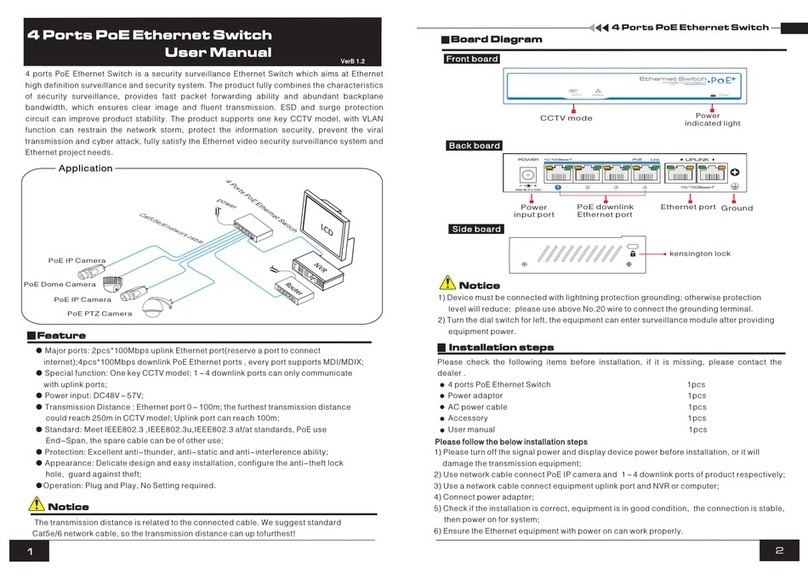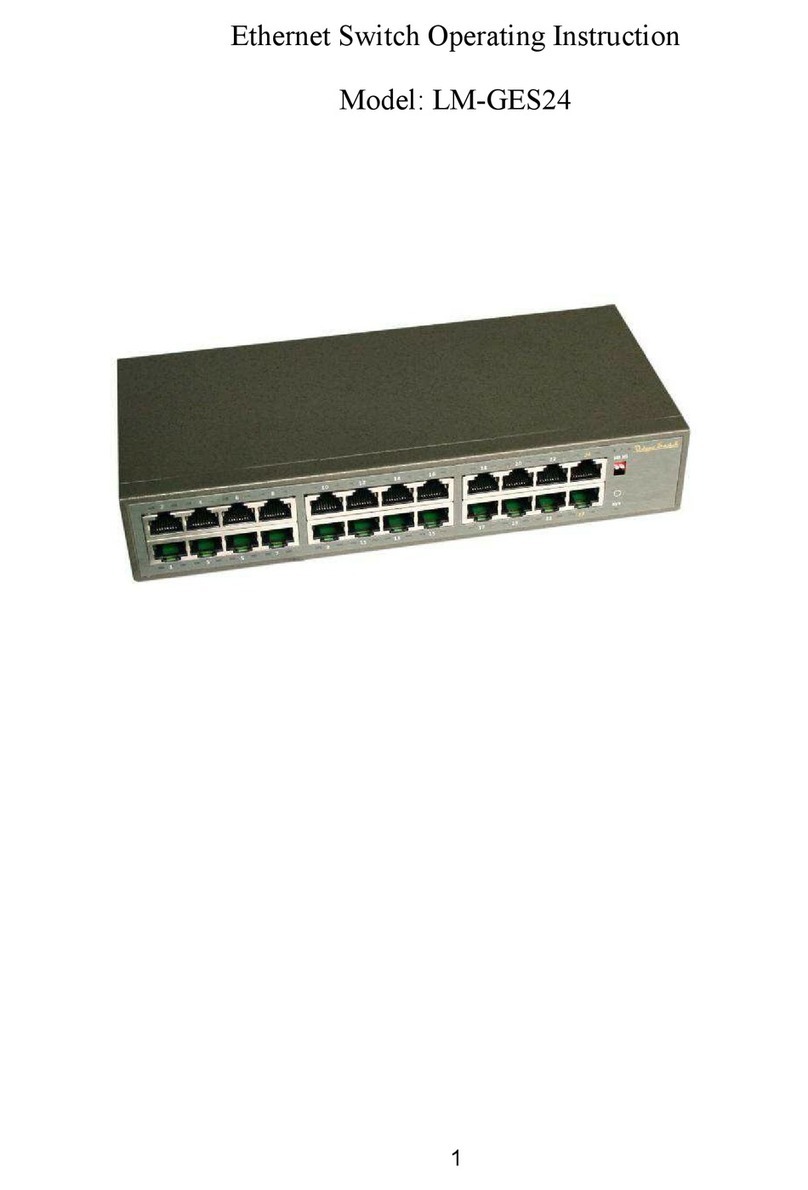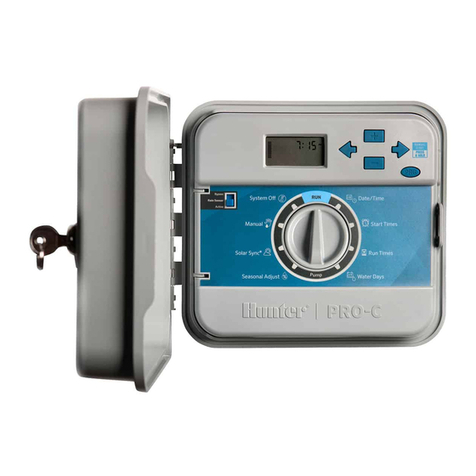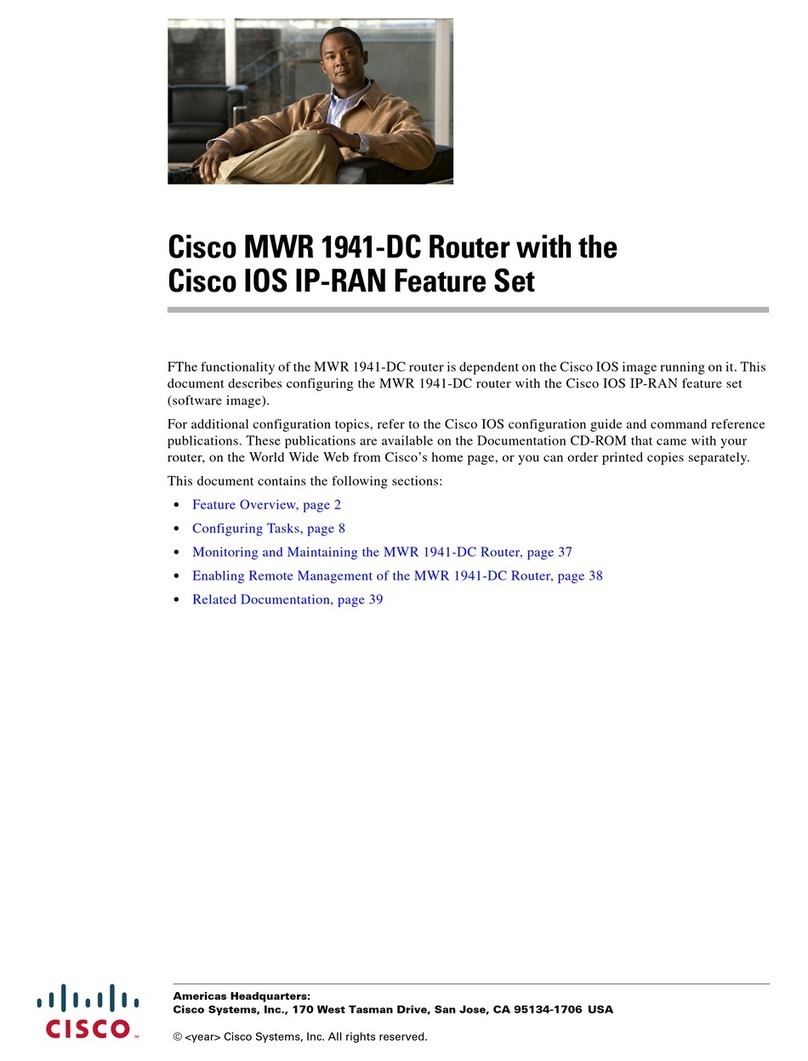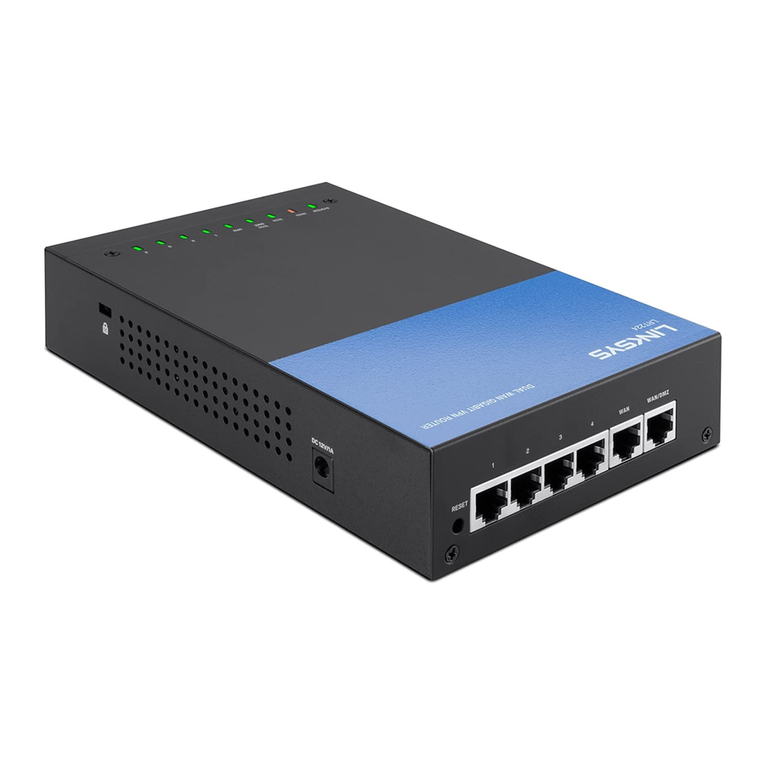
Operation Manual – IPv6 Static Routing
H3C S9500 Series Routing Switches Chapter 1 IPv6 Static Routing Configuration
1-2
1.2 Configuring an IPv6 Static Route
In small IPv6 networks, IPv6 static routes can be used to forward packets. In
comparison to dynamic routes, it helps to save network bandwidth.
1.2.1 Configuration prerequisites
zConfiguring parameters for the related interfaces
zConfiguring link layer attributes for the related interfaces
zEnabling IPv6 packet forwarding
zEnsuring that the neighboring nodes are IPv6 reachable
1.2.2 Configuring an IPv6 Static Route
To do… Use the commands… Remarks
Enter system view System-view —
Configure an IPv6 static
route with the output
interface being a
broadcast or NBMA
interface
ipv6 route-static ipv6-address
prefix-length [ interface-type
interface-number ]
nexthop-address [ preference
preference-value ]
Configure an IPv6 static
route with the output
interface being a
point-to-point interface
ipv6 route-static ipv6-address
prefix-length { interface-type
interface-number |
nexthop-address } [ preference
preference-value ]
Required
Not configured by
default
The default
preference of IPv6
static routes is 60.
Note:
While configuring a static route, you can configure either the output interface or the
next-hop address depending on the situations:
zIf the output interface is a broadcast interface, or an NBMA interface, the next hop
address must be specified.
zIf the output interface is a point-to-point interface, you can specify either the output
interface or the next hop address, but not both.
1.3 Displaying and Maintaining IPv6 Static Routes
To do… Use the command… Remarks
Display IPv6 static route
information
display ipv6 routing-table
protocol static [ inactive |
verbose ]Available in any view
